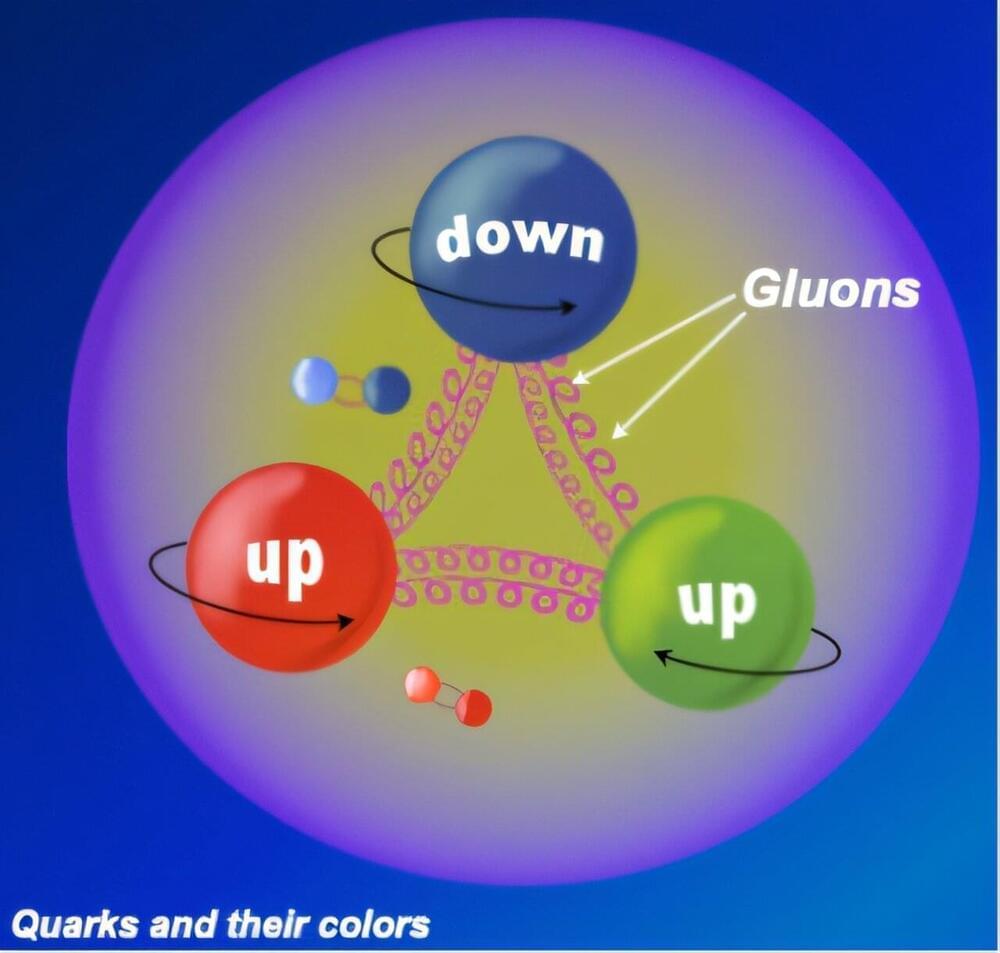Protons and other subatomic particles that are subject to the strong nuclear force have a complex structure that involves even more fundamental constituents called quarks and gluons. These quarks and gluons bind under the influence of quantum chromodynamics (QCD). QCD is the theory of strong interaction of quarks and the role of color symmetry.
However, the mechanisms that lead to quarks and gluons combining to form the particles we see in nature are very mysterious and poorly understood. For example, virtual quarks and gluons constantly appear and disappear within our current picture of the dynamics in the proton. So, which quarks and gluons are actually “in” a proton is a difficult question to answer.
Much of the experimental work related to extracting the quark and gluon structure of protons occurs at existing particle accelerators like the Thomas Jefferson National Accelerator Facility and the Relativistic Heavy Ion Collider, and in the future at the Electron Ion Collider.
